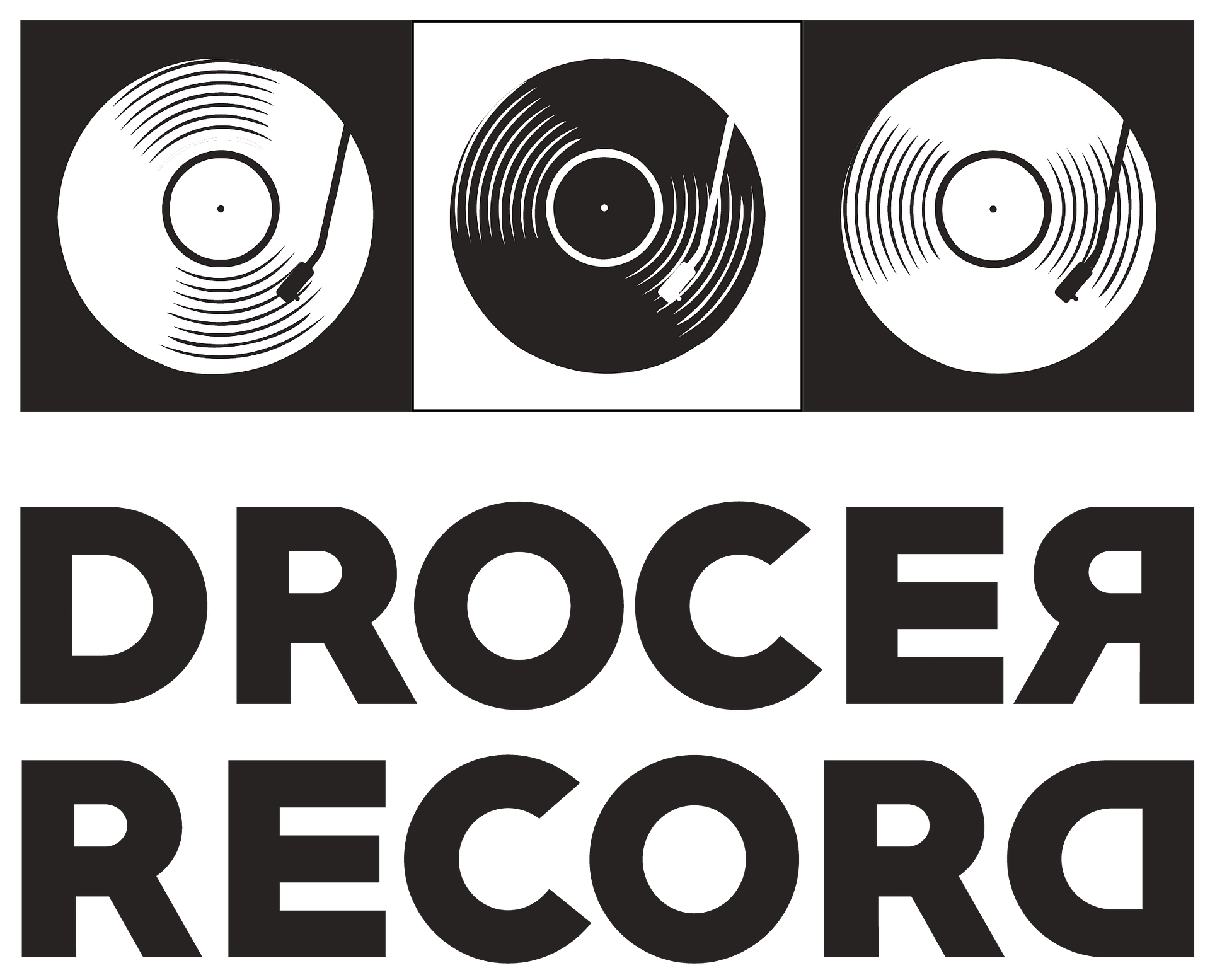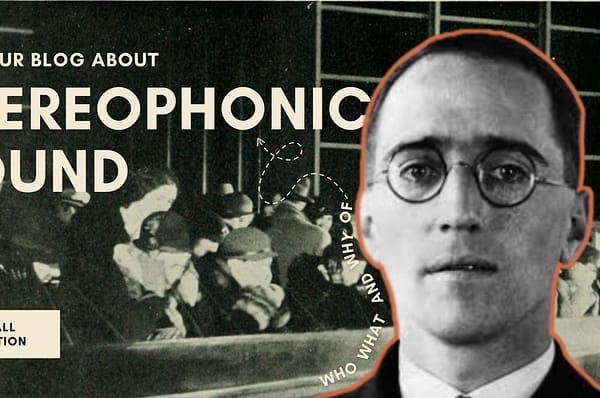By Reva Thakkar
Jazz Legend Louis Armstrong once said: “If you have to ask what jazz is, you’ll never know.” But we’ll try our best to explain.
The underlying hidden core of Jazz music is improvisation. Jazz is not, and never has been, an entirely composed, predetermined form of music. Not to say that it is a completely unscripted one either. It uses a variety of unique strategies throughout practically all of its history, as well as limitless variants. And yet, despite these multiple terminological confusions, jazz seems to be instantly recognized and distinguished as something unique from all other forms of musical expression.
Jazz carries a vast range, most of which are relatively rhythmic. It has a forward motion known as “swing,” (to “feel” the rhythm – foot tapping or head bobbing – when the music prompts a visceral response) and includes “bent” or “blue” notes. (notes sung or played at a slightly different pitch – usually lower – from the standard to express something.) One can commonly hear the “call-and-response” rhythms in jazz, in which one instrument, vocal, or portion of the band responds to another. For your reference, closely listen to “Ella’s Singing Class” – in which Ella Fitzgerald and Roy Eldridge perform this rhythm.
Jazz music makes you feel a wide range of emotions, from sadness to pure ecstasy. You can hear the sounds of freedom in the music so clearly since the genre has long served as a powerful advocate for the Blacks who have faced discrimination due to their skin tone or because they were citizens of an authoritarian nation. This can be paralleled with India’s political climate a few decades ago and maybe even today. Just replace the term “Blacks” with “Dalit” and revelations would be unfolded. Now, there is actually a connection between Jazz music and Dalits, even though we can’t pinpoint its actual origin, we can safely say that the Dalits were empowered by the Blacks’ techniques to fight against their perpetrators.
Divulging into the origins
The history of Jazz music on the other hand can easily be traced back to the late 19th century in New Orleans. People worldwide flocked to this port city to socialize and exchange music. Astonishingly, this was one of the few locations in America where slaves were allowed to own drums.
West Africa, the birthplace of many slaves, was home to many rich musical traditions that continued in the songs and field chants of America’s slaves. Many freed slaves sought work as musicians after slavery was abolished and when the American Civil War ended in 1865, exposing them to many international musical genres. Jazz was created in this brand-new era of liberation and freedom, which encouraged an experimental and expressive spirit that would later become fundamental.
Early Jazz did in fact use Cuban-style beats, field chants, slave melodies, and hymns. However, it didn’t receive its big break until the 1890s, when “ragtime,” a forerunner of jazz, began to appeal to white Americans. Scott Joplin, the most well-known of the performers at the time, wrote 44 unique ragtime compositions before he passed away in 1917. Around this period, other musicians began to include improvisation, a key element of what would later develop into contemporary jazz, into the sound.
The Jazz age really flourished in the 1920s when the music became popular across the US and Europe. Black performers like Louis Armstrong, Duke Ellington, and Count Basie were sudden successes during the “Roaring Twenties,” a period of prohibition, speakeasies, flappers, and music. Louis Armstrong, a roaring legend during his time, and even today is called to be the “Father of Jazz Music”. The historic 1938 Benny Goodman concert at Carnegie Hall marked the end of the Jazz Age by bringing together musicians of all racial backgrounds to play jazz in this revered venue. Even though jazz musicians like Ellington and Armstrong continued to advance jazz until their unavoidable death. The jazz of the 1920s and 1930s was already beginning to give way to the Big Band period. The major contributors in developing the “big” jazz band included bandleaders and arrangers: Count Basie, Cab Calloway, Jimmy and Tommy Dorsey, Duke Ellington, Benny Goodman, Fletcher Henderson, Earl Hines, Glenn Miller, and Artie Shaw.
Despite the Great Depression partially ending the “Age of Jazz”, the genre has continued to develop, giving rise to new styles and subgenres. Its effect on mainstream culture has continued to reverberate across time. For instance, after the Stock Market Crash of 1929, swing helped the country through the Great Depression, creating an escape from economic realities via swing dancing. As a result of America’s quest for self-esteem in the years after the Great Depression, jazz attained unprecedented levels of sophistication during the Swing Era.
This is not to say that Jazz music has been lost. It still has its own lineage and fandom even today. Modern jazz artists are going in one of three main ways: classic, modern mainstream, or “anything goes.” Traditionalists don’t play free jazz or fusion; instead, they play jazz that is primarily based on Blues, Swing, Bebop, and Hard Bop.





